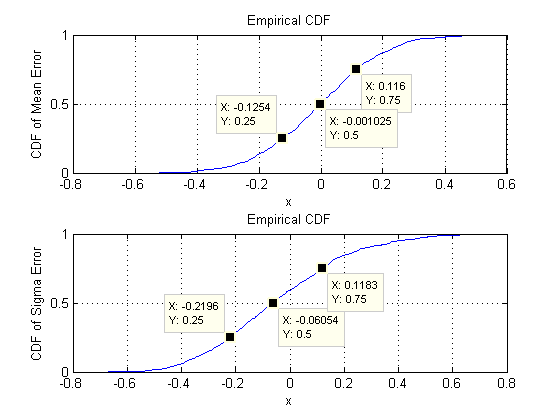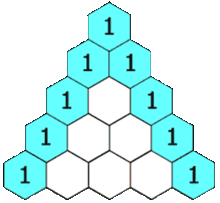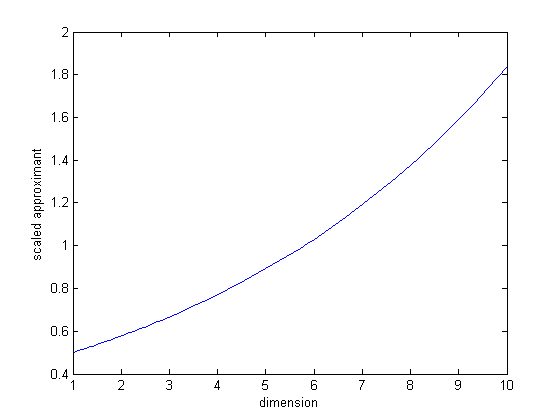Some brief numerics gives the following error distributions for the fit of 30 samples created from a standard normal distribution then fit to a univariate Gaussian.

The quartiles are indicated. It is assumed that this level of variation is desired in the multi-dimensional case.
I don't have the time to beat up MatLab to get the total result, so I will share my "rule of thumb". The 30 is provided as a rule of thumb, or heuristic so it is assumed that heuristics are not unacceptable.
My heuristic is to use Pascals triangle multiplied by the univariate case.

If I am using 2d data then I go to the 2nd row and sum it to get 2x the number of samples, or 60 samples. For 3d data I go to the 3rd row and sum it to get 4x the number of samples or 120 samples. For 5d data I go to the 5th row and sum it to get 22x the number of samples, or 660 samples.
Best of luck.
EDit:
It was intuitve, but everything has to be defended in math. I can't just take leaps from formulation of polynomial forms from Finite Elements with experience to get a ballpark.
The equation for the sum of that row of Pascals triangle is 2^k.
Using expression 2.88 in here with the multivariate Gaussian, taking the first functional variation and setting the mean and its variation to zero, then solving for the functional variation with respect to dimension yields the following general form: $ \delta k =A \log \left ( 2^k pi^k f(s)\right ) -k$. Observation shows all terms in the brackets are positive, so minimization of the interior is minimization of the functional. Though it is hand-wavy it can be argued that k is always positive, so it can be expressed as a log(exp(k)) and included as a denominator. When I look at this expression and divide it by $ 2^k$ and multiply it by $ \frac {e}{2\pi}$ as I sweep k from 1 to 10 I notice that the values is between 0.6 and 2. As an engineer where "good enough" makes a rule of thumb I can say that, to me this is a approximator for the first functional variation of the change in log-likelihood (with some simplifying assumptions about the mean) that allows me to relate expectation to dimension. Knowing this is a mean, I can then relate sample size to dimension.
Yes it is weak and hand-wavy. I'm sure there are errors here. Rules of thumb can be that way, they just have to be good enough.

